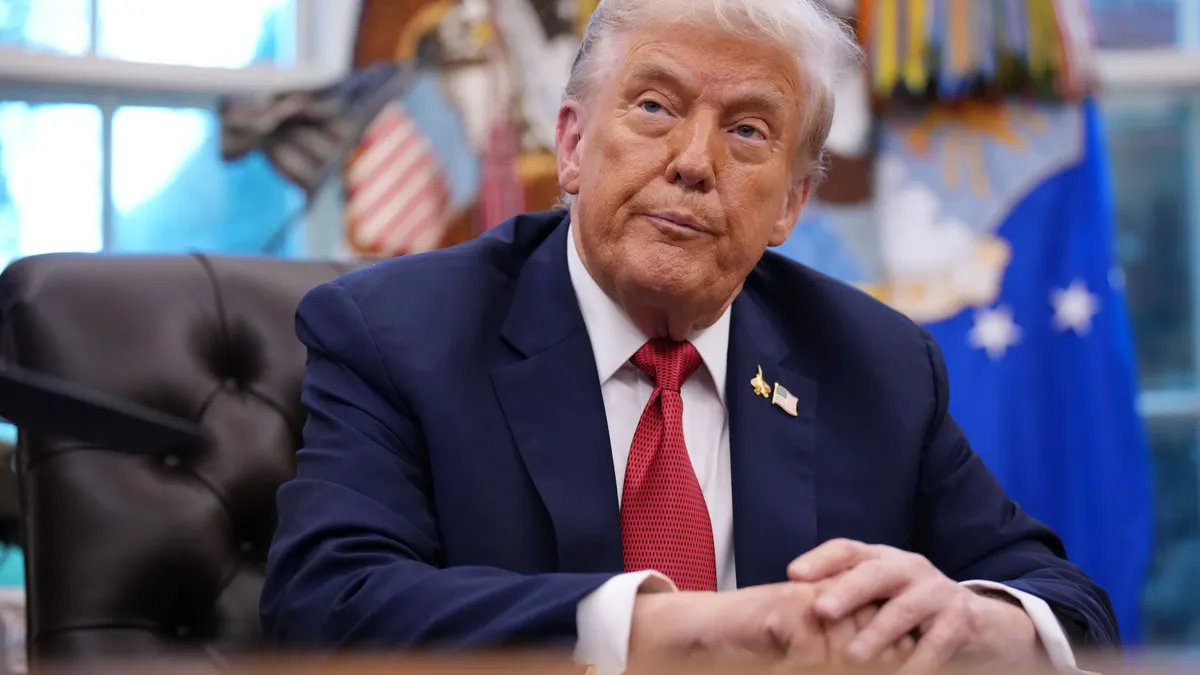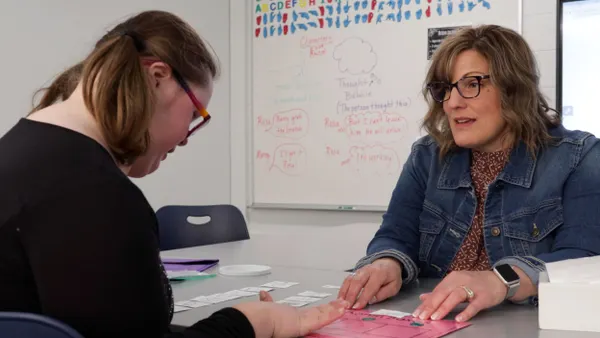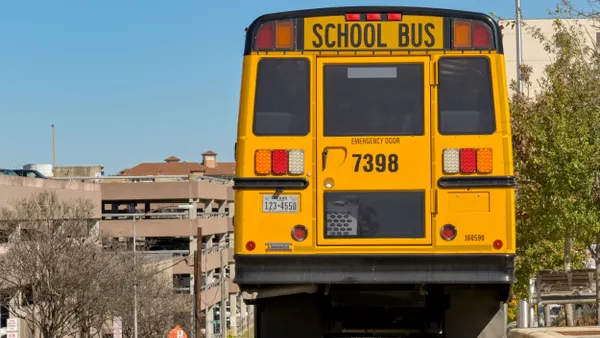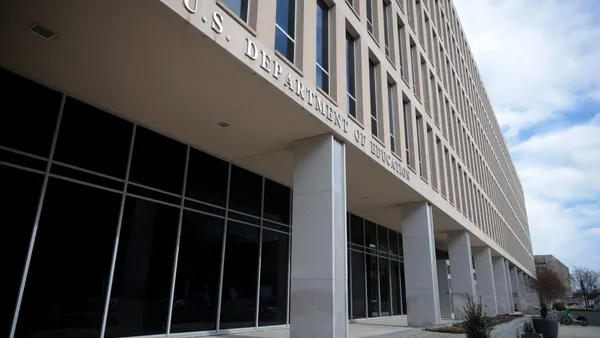President Donald Trump's recently announced $100,000 fee for new H-1B visa applicants has raised concerns about school districts' ability to hire international teachers — and sparked this question: How many of these educators do schools employ?
According to a new analysis by the National Education Association, over 500 K-12 public school districts employed more than 2,300 H-1B visa holders nationwide during fiscal year 2025.
The exact total is unknown, though, because the data only considers H-1B visas that were approved that year, whether they were new or renewed, NEA said. H-1B visas typically last for three years with a potential three-year extension.
Regardless, the number of H-1B visa teachers pales in comparison to the total number of K-12 teachers nationwide. The most recent federal data available shows 3.2 million full-time teachers employed in public schools as of fall 2022. As NEA noted, most H-1B visa employers in the education sector are colleges and universities.
Still, some school district leaders say they rely on H-1B visa teachers for the most hard-to-fill positions in areas like science, math and special education. These international teachers typically enter U.S. schools with a master’s degree and at least five years of teaching experience, as required by sponsorship programs that coordinate with districts for international hires.
There are, however, scattered school districts that hired relatively large numbers of H-1B employees in FY 25, according to NEA.
For instance, Dallas Independent School District hired 157 educators under the program. Others include Georgia's Savannah-Chatham County Public Schools (79), District of Columbia Public Schools (62), and the New York City Department of Education (56).
NEA also pointed out that it's not just large urban districts in this situation. Some rural schools also employed a high concentration of H-1B visa holders, such as Bering Strait School District (35) and the Lower Kuskokwim School District (20), both in Alaska.
Most school districts hire fewer than 11 H-1B educators
“The $100,000 fee on H-1B visas proposed by the current administration would severely impact these districts’ ability to serve their students,” NEA said.
Compared to other states, NEA found that Texas employed the largest number of H-1B educators — 271 — followed by North Carolina (213) and California (195) in FY 25. Other states with over 100 H-1B visa holders included Alaska, Arizona, Georgia and Minnesota.
NEA’s analysis of H-1B visa data from U.S. Citizenship and Immigration Services comes after a group representing education, union, religious and nonprofit interests sued the Trump administration this week over the new fee. The lawsuit alleges that the fee, which was announced Sept. 19, could worsen the nation’s teacher shortages by preventing affected schools from hiring teachers from overseas.
The lawsuit also cited concerns by public schools, especially in states like Texas and North Carolina, about the “unsustainable cost” of the fee and how it would exacerbate teacher shortages.






 Dive Awards
Dive Awards






